

Unusually warm temperatures increased the frequency and intensity of storm systems capable of spawning tornadoes in 2024, leading to the most active tornado season since 2017.
In 2024 there were 1,882 confirmed twisters, although many of the ratings are considered preliminary until published in the National Centers for Environmental Information (NCEI) database.
(Storm damage in Panama City Beach on Jan. 9, 2024. Photo credit: Bay County Sheriff’s Office via Facebook)
Latest Updates
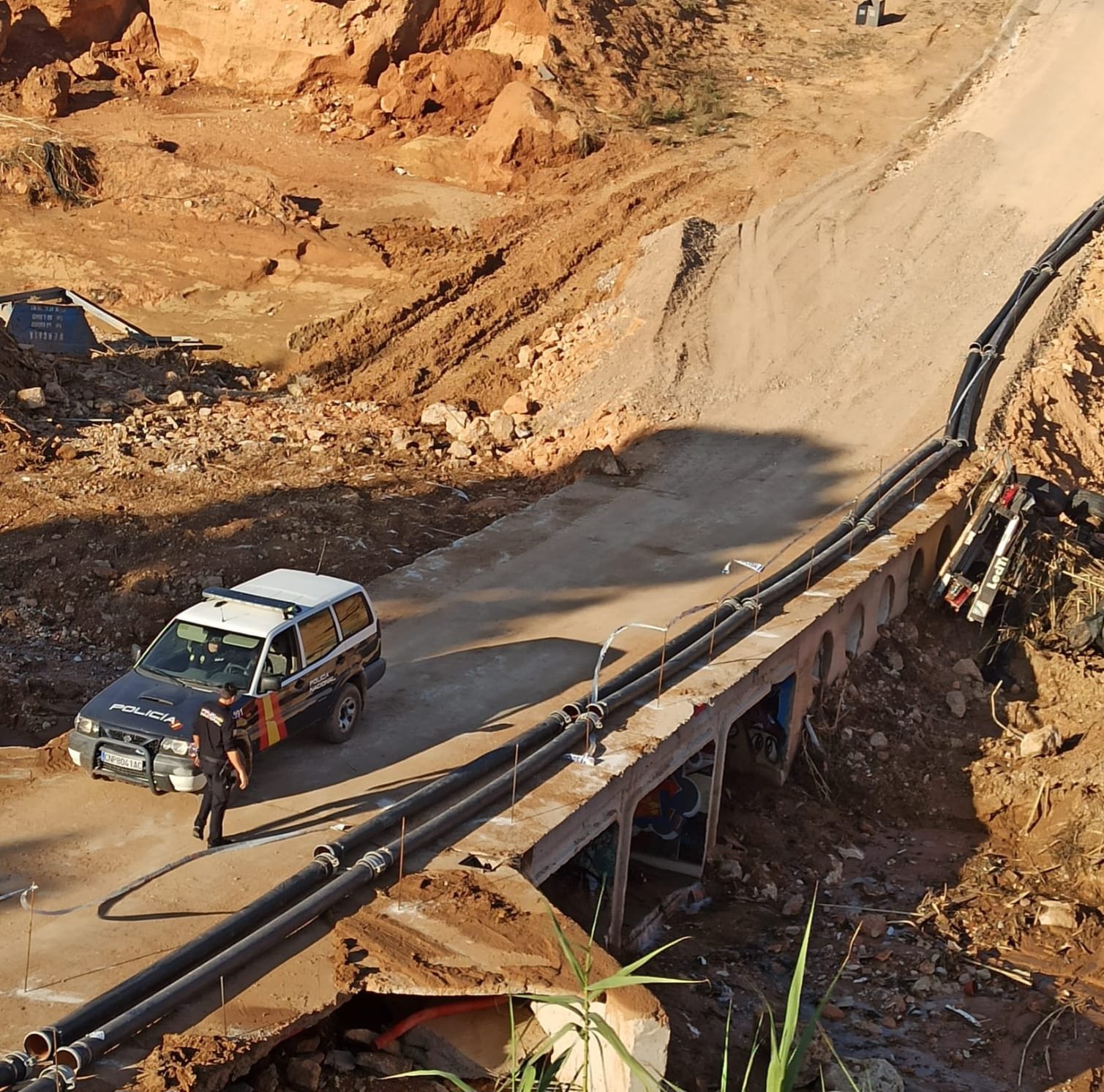
What we’re watching: Weekly disaster update, November 4

From theory to practice: Disaster philanthropy and tornadoes
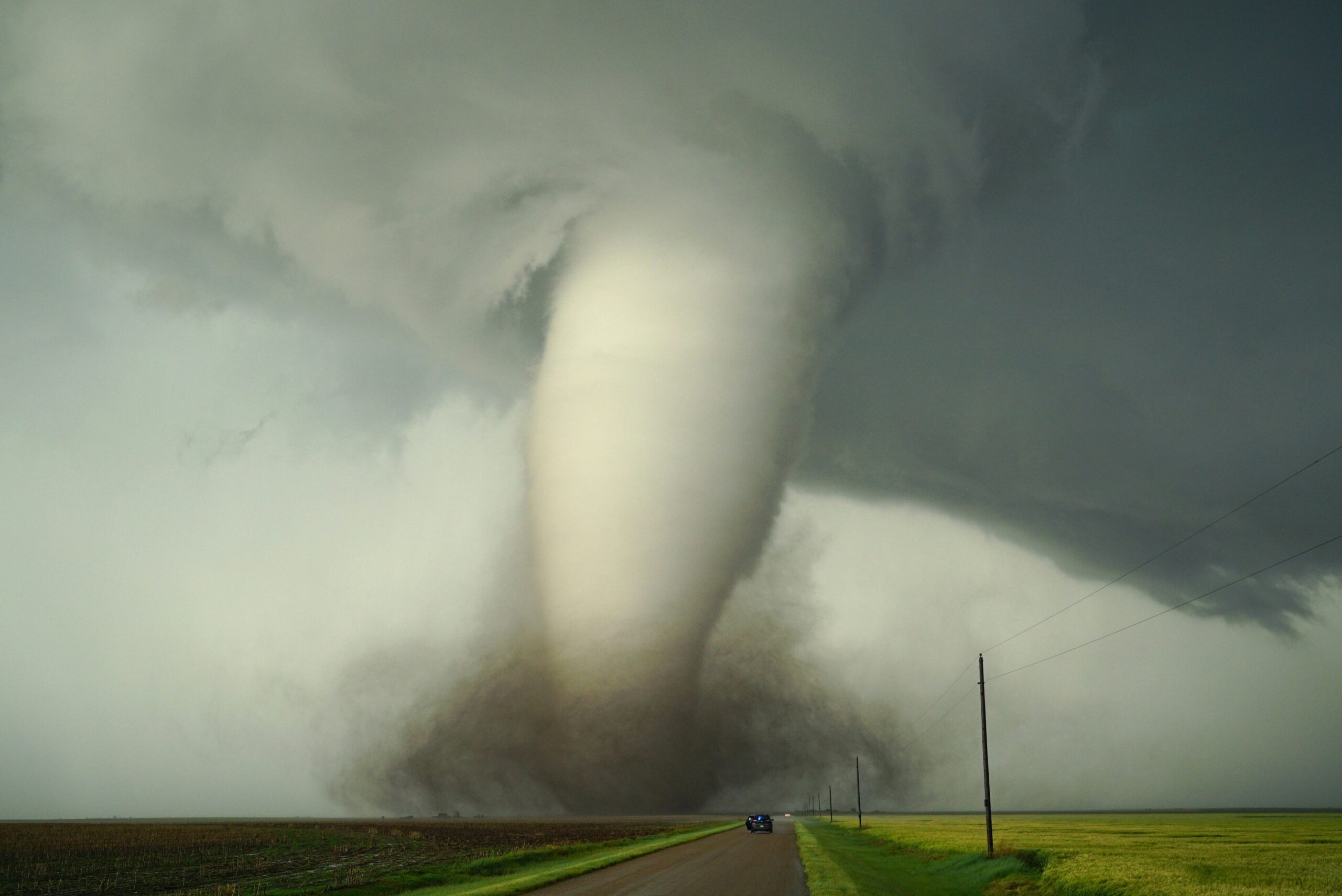
Twisters: It’s about the people

What we’re watching: Weekly disaster update, June 24

Helping rural communities affected by recent severe weather
Key facts
- CDP often uses preliminary NWS or NOAA/NCEI data because final numbers take significant time. NOAA says, “Historically, for every 100 preliminary tornado reports, at least 65 tornadoes are confirmed.”
- Of the 27 billion-dollar disasters in 2024, nearly two-thirds included confirmed tornado outbreaks.
- NOAA has confirmed 54 tornado-related deaths in 2024. Of these deaths, 33 of these deaths occurred in a manufactured home, 10 inside a traditionally built home, three inside a vehicle, three outside, one inside a building, and four locations are unknown.
- The United States has not experienced an EF-5 twister since the Moore Tornado in 2013. While most tornadoes (90%) are rated EF-0 or EF-1, they can still cause severe damage to mobile homes and manufactured housing.
- Since 1880, the percentage of fatalities during daytime tornadoes has decreased by 20%, while the percentage of deaths during nighttime tornadoes has increased by the same amount. Nighttime tornadoes kill twice as many people as daytime tornadoes annually.
December 2024
The year wrapped up with 120 tornadoes in December. This is more than five times the average of 28 tornadoes in December. Of these, 86 occurred in a significant tornado outbreak from Dec. 26 to Dec. 29, which included three EF-3 intensity twisters.
November 2024
One-third of the days in November saw one tornado, while three saw five each. There were 39 tornadoes in total, slightly above average.
During the weekend of Dec. 28-29, 40 tornadoes ripped across Texas, North Carolina, Louisiana, Mississippi, Alabama and Georgia, killing four people. Over 100,000 customers initially lost power from the storms.
October 2024
There were 53 tornadoes in October. Hurricane Milton caused the majority of the tornadoes – around 46 tornadoes throughout Florida, including three EF-3s that affected Glades, Palm Beach and St. Lucie Counties. These tornadoes stripped off roofs, flipped mobile homes, and tossed around boats and cars. Milton was the first hurricane or tropical storm to produce an EF-3 tornado in Florida since Hurricane Agnes in June 1972.
September 2024
September was an above-average month with 73 tornadoes. More than half the days in the month had at least one tornado and three had more than 10 each.
Hurricane Helene spawned over 20 tornadoes across Georgia, North Carolina, South Carolina, Virginia and West Virginia on Sept. 26-27. The strongest was EF-1 in South Carolina. The tornadoes uprooted trees and damaged buildings and infrastructure. No fatalities were attributed to the tornadoes.
August 2024
There were 91 confirmed tornadoes in August, which is above the 1991-2020 average of 81 tornadoes.
The most intense day for tornadoes was Aug. 5, when 29 tornadoes hit southern Minnesota, northeastern Iowa, coastal South Carolina and Buffalo, New York, with no injuries or fatalities.
Tropical Storm Debby caused tornadoes as it moved inland, leading to significant damage in North Carolina. These included an EF-2 in Sampson County and an EF-3 in Wilson County, resulting in one fatality. On Aug. 8, Debby spawned 11 tornadoes across several other states, causing damage but no injuries or fatalities.
July 2024
NOAA’s Storm Prediction Center indicated that there were 210 tornadoes reported for July. Over 60 of those tornadoes were connected with the path of Hurricane Beryl as it traveled across the U.S., from Texas to Vermont, and on to Canada.
June 2024
While at least one tornado occurred on all but three days in June, there were no major outbreaks. June saw 131 tornadoes, with a couple of events reaching or exceeding 20 twisters.
May 2024
NOAA/NCEI reported 570 tornadoes in May, a significant increase from the 1991-2020 average of 268.4 and the highest count ever recorded for the month of May.
Twisters were reported in almost half the states in the country, and there were only two days in the month without at least one tornado. Three of the six billion-dollar weather and climate disasters confirmed in May included tornadoes.
April 2024
With nearly 400 tornadoes confirmed in April, the month brought more than double the average of 182.4 tornadoes, including at least 27 EFUs, 84 EF-0s, 161 EF-1s, 35 EF-2s, nine EF-3s and one EF-4. At least seven direct tornado deaths and several related fatalities were recorded, with fatalities spread across several of the outbreaks.
NOAA/NCEI said, “The preliminary tornado count for the January-April year-to-date period was 547, which is similar to the total from the last couple of years and above the 1991-2020 average of 337.9 tornadoes. It was also the third highest count for this period on record.”
March 2024
NOAA/NCEI confirmed 66 tornadoes in March, which is below the 30-year average of 80.1 events for the month. Half of the days in the month had no tornadoes, and this is the lowest amount for the month since March 2018.
NOAA/NCEI also said that “March 2024 was the 17th-warmest March on record for the nation and precipitation ranked in the wettest third of the historical record for the month.”
February 2024
NOAA’s Storm Prediction Center reported 52 preliminary tornadoes during February, below the 1991-2020 average of 75 tornadoes for the month. States affected include California, Florida, Georgia, Illinois, Indiana, Kentucky, Michigan, Ohio and Wisconsin. The month was unseasonably warm and dry.
January 2024
While there are many immediate needs in the wake of tornadoes, such as temporary housing, childcare, automobile replacement, etc., funders must also consider holding back funds in anticipation of the intermediate and long-term needs of the affected communities.
Rural communities
As tornado alley shifts and storms move closer toward the southeast, more urban areas will be affected. At the same time, many tornadoes also impact rural communities that may not garner the same attention as more urban areas.
Recovery in rural communities is slower and requires “patient dollars.” It is important to understand that progress will not occur as quickly rural areas as it does in larger, more well-resourced communities. Investments should be made over time: pledges of multi-year funding are very helpful, as is support for operating costs and capacity building.
Housing
People whose homes were damaged will need support securing new housing that is safe and affordable and/or repairing their damaged homes. After a tornado, displaced residents may face challenges finding housing that meets their needs. Tornadoes affect people from all walks of life, some with insurance and others without. The destruction of manufactured homes (often called mobile homes) will also affect affordable housing availability in communities.
Depending upon the location of housing, the homeowner may not own the land, only the building. Additionally, insurance is limited on manufactured housing, especially based on the age of the building.
Although manufactured housing can be physically vulnerable to tornadoes, more than 22 million people in the United States live in mobile and manufactured homes, which represents an important affordable and accessible housing option for many communities.
Manufactured and mobile home residents have higher exposure to natural hazards, such as wind and tornadoes, hurricanes, extreme heat, wildfires, and flooding, compared to those who live in other types of housing. Mobile homes are also often overlooked in hazard planning and disaster recovery efforts.
Balancing safety with the benefits of manufactured homes can be a challenge. Understanding the importance and role of mobile homes and how needs can be addressed for residents of these homes is paramount for successful, equitable recovery.
The Manufactured Home Disaster Recovery Playbook was created by Matthew 25 in 2023 for the Center for Disaster Philanthropy. The Playbook has videos, lessons learned and other information to assist funders in supporting manufactured home disaster recovery. CDP also hosted a webinar about the increased risks manufactured homes face and their role in disaster recovery.
Looking forward, long-term solutions such as affordable housing and employment opportunities require more significant planning and investment.
Emotional and spiritual care
Emotional and spiritual care is critical, especially for families of people killed in the storms, first responders and those in the tornadoes’ direct paths. Long-term mental health and trauma support is also needed. Some of the affected communities were impacted by previous events, which has left them with increased trauma from natural hazards.
There is also a severe risk of poor emotional health among farmers and ranchers after disasters.
Business recovery
Business recovery is always critical to helping communities rebuild. When tornadoes damage or destroy businesses, it negatively impacts people’s livelihoods. Given the higher costs of living and ongoing recovery from COVID, this is particularly challenging for small businesses.
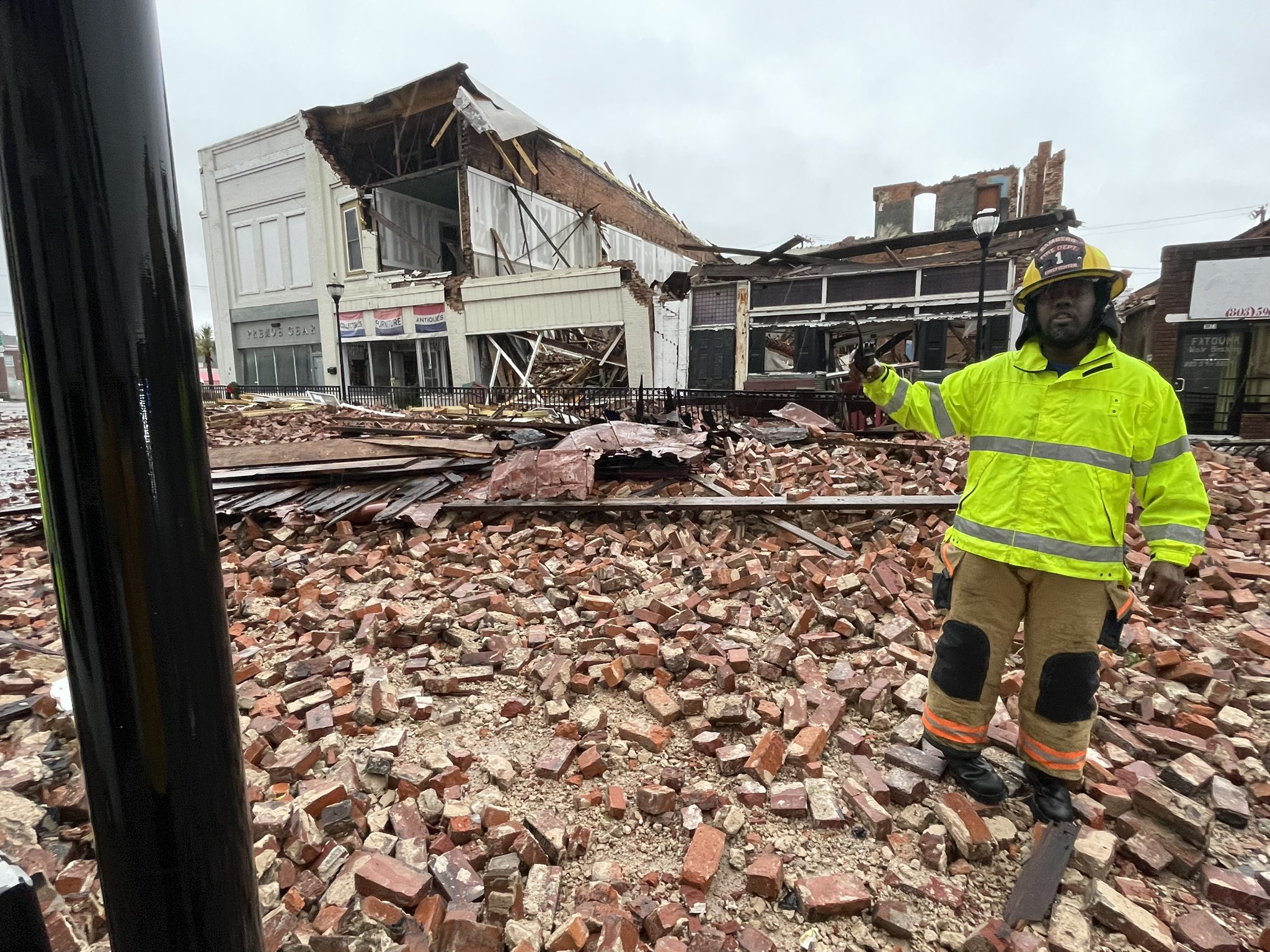
To support tornado recovery efforts, please donate to CDP’s Disaster Recovery Fund.
Contact CDP
Philanthropic contributions
If you have questions about donating to the CDP Disaster Recovery Fund, need help with your disaster-giving strategy or want to share how you’re responding to this disaster, please contact development.
(Tornado damage in Bamberg, South Carolina on Jan. 9, 2024. Credit: Justin Bamberg via X)
Recovery updates
If you are a responding NGO, please send updates on how you are working on recovery from this disaster to Tanya Gulliver-Garcia.
We welcome the republication of our content. Please credit the Center for Disaster Philanthropy.
Resources
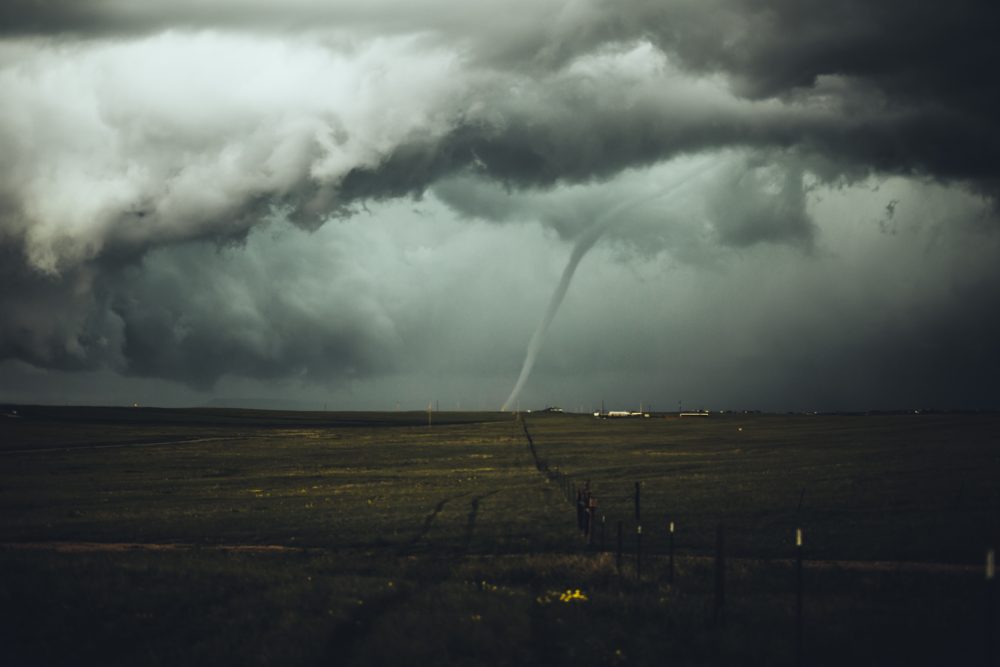
Tornadoes
The National Weather Service defines tornadoes as “a violently rotating column of air touching the ground, usually attached to the base of a thunderstorm.” The U.S. is home to more tornadoes than any other country in the world, with approximately 900 to 1,700 tornadoes occurring a year throughout the country.
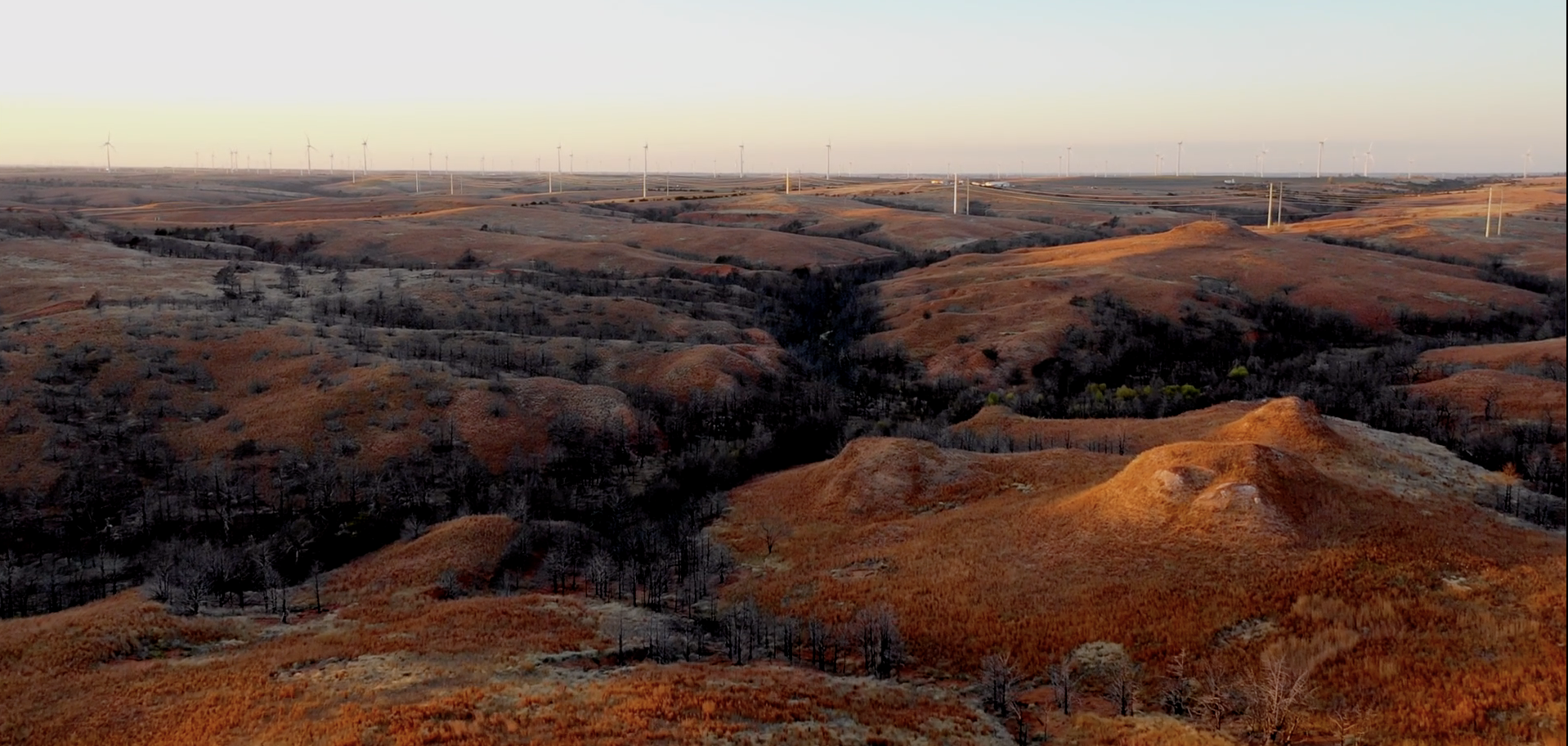
Rural Populations
Rural populations often struggle with disaster response and recovery. Explore why.

Long-Term Recovery Groups
A long-term recovery group is a cooperative body that is made up of representatives from faith-based, nonprofit, government, business and other organizations working within a community to assist individuals and families as they recover from disaster.